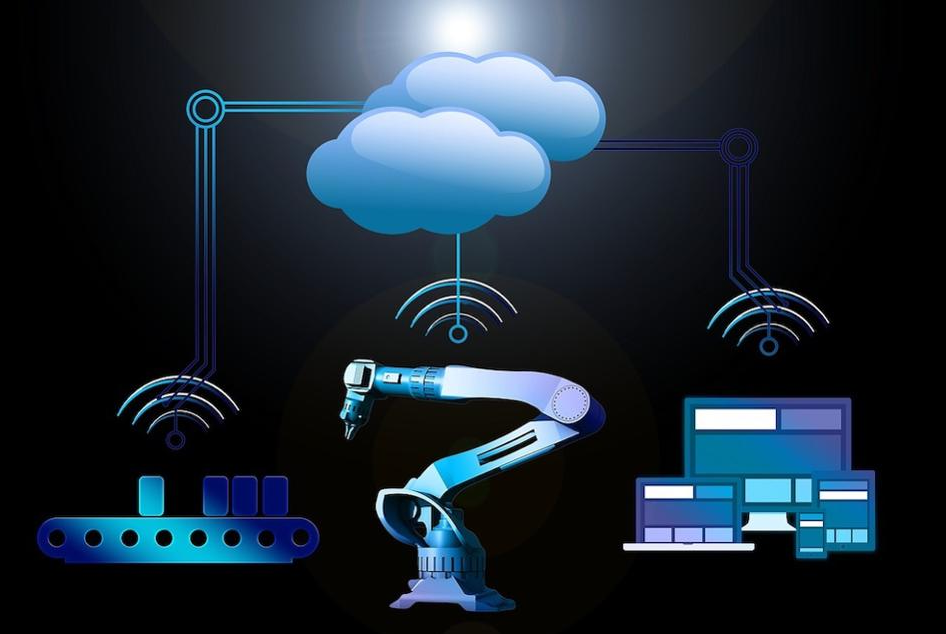
IoT and AI are making a huge impact. The combination of AI and IoT brings the AIoT – AI of Things – that delivers intelligent and connected systems that are capable of self-correcting and self-healing themselves.
Cloud computing provided key aspects to connected systems – property, storage, and encryption. With an always-on design, cloud computing enabled multiple devices to seamlessly connect and these cloud devices sent measurement information to the cloud that was processed and stored. Data analysis could then be performed on the captured data.
These key aspects of connected systems and the ubiquity of cloud computing inspired IoT. Initially, information was processed using architectures like Hadoop and Spark. IoT and big data helped stakeholders understand the patterns and also the correlation between numerous devices and sensors. Useful data was visualized and charted on IoT dashboards.
In summary, the earliest generation of cloud-based IoT provided these key capabilities:
Collect – measurement data from devices and sensors is collected at a central location.
Store – The data is stored in specialized databases.
Process – big data platforms are used to analyze the datasets.
Analysis – The insights from the big data systems were visualized
Control – Device operators and field engineers control the devices using the recommendations from the big data systems.
By combining AI with IIoT, we can add a sixth ability to connected systems – Act.
AI goes beyond the visualizations by finding the patterns and correlations from the data. It takes applicable actions supported by the data. Rather than simply presenting the facts to humans to encourage them to act, AI closes the loop by mechanically taking appropriate action. It effectively becomes the brain of the connected systems.
For example, a camera that’s treated as a picture detector can send each frame to the IoT system to investigate the feed sure as shootingobjects. By applying AI to the camera device, it sends the frame only if a particular object is detected. This considerably speeds up the process, saving the central CPU from processing each frame. This principle could also be applied to speech synthesis and different varieties of data measurements. AI-enabled sensors are one of the end goals of IoT systems.
The future of industrial automation lies at the convergence of AI and IoT. AI of Things can impact every industrial market. Contact us to find out how we can help you learn what AI tools to use to combine with your existing IIoT platform to help you create your own AIoT.
